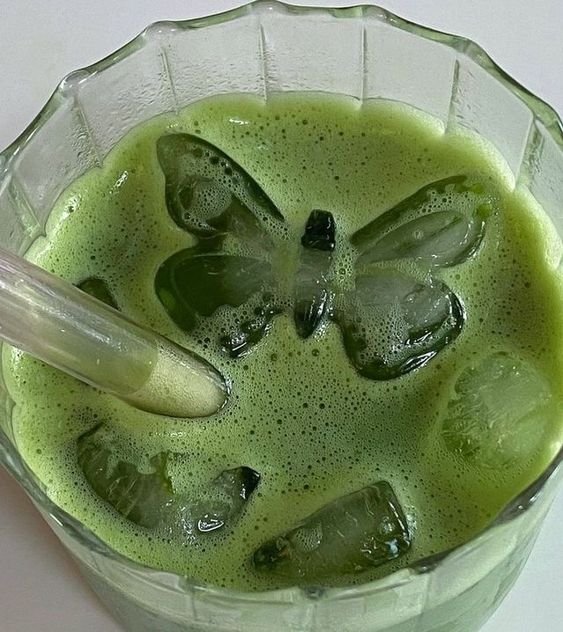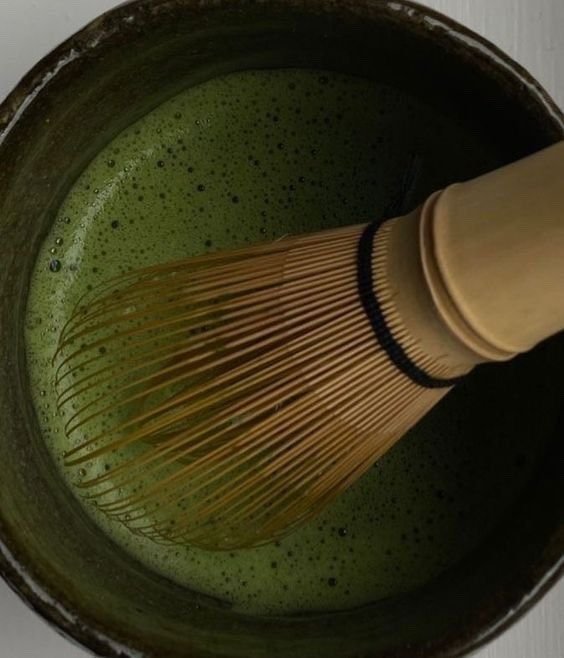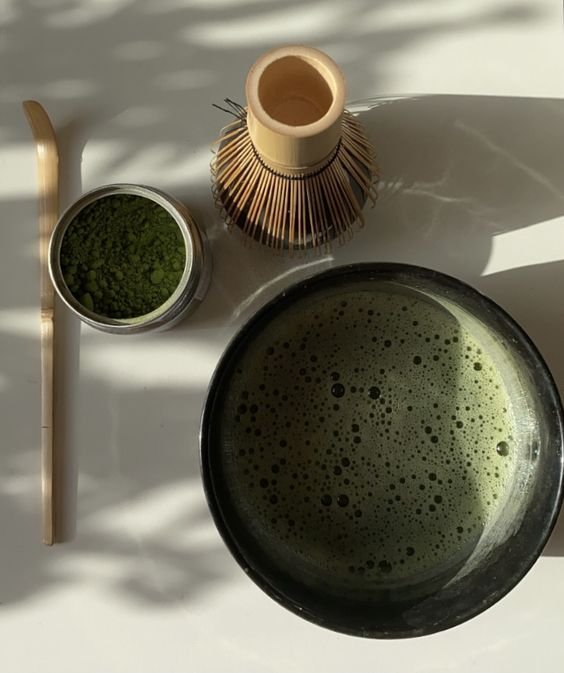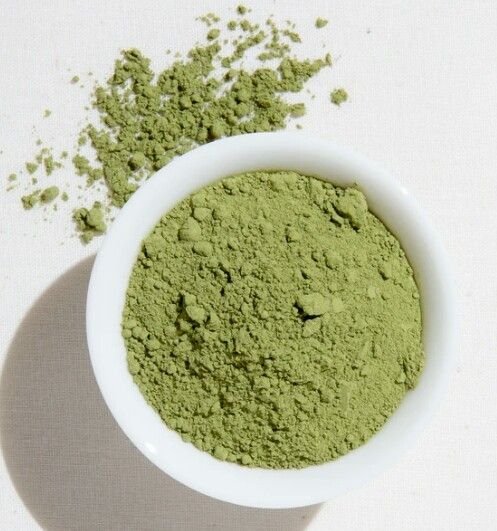ALL ABOUT MATCHA
Coffee has long reigned supreme as the primary caffeine delivery device, but recently matcha has been gaining some traction. Matcha, made from a fine powder of ground up green tea leaves originated in China, but was brought to Japan by Zen Budhist monks in the 12th century. As a result, it became an integral part of Japanese culture. Matcha is most well known for its unique flavor and numerous health benefits. Read on to learn about the benefits, and how to prepare.
Boosts Metabolism and Concentration
Matcha contains caffeine and L-theanine, which when combined can boost your metabolism, as well as provide a calm and sustained energy boost that rises over time, rather than the short jittery energy that comes with coffee.
Enhanced immunity
Matcha contains an exceptional amount of antioxidants, including catechins which not only have antimicrobial properties, but also protect cells from damage caused by free radicals. These antioxidants support the immune system.
Skin and Heart Health
The antioxidants found in matcha can help protect the skin from UV radiation and can improve overall skin health. Additionally, prolonged consumption of matcha can help lower cholesterol levels, and reduce the risk of heart disease.
How to prepare:
Matcha can be prepared in a variety of ways, from smoothies to lemonade to salad dressing, but the most popular ways of preparation are traditional teas, and lattes.
To make tea, boil water and let it cool slightly. Place 1-2 teaspoons of matcha powder in a bowl or mug. Add a small amount of hot water and whisk vigorously with a bamboo whisk, or a frother until the matcha is smooth and frothy. Add more hot water and whisk until your desired strength.
To make a matcha latte, mix 1-2 teaspoons of matcha powder with a small amount of hot water or milk to make a smooth paste. Heat and froth milk of your choice, and mix together. You can sweeten it with honey, sugar, or syrups if desired. You can also pour over ice to create an iced matcha latte.
FEATURED:
PALAIS DE THES
Matcha Imperial TeaThe super-food of teas, mellow in the mouth, which develops delicious vegetal notes complemented by a particularly powerful umami flavor
EXPLORE VANITY STORIES










